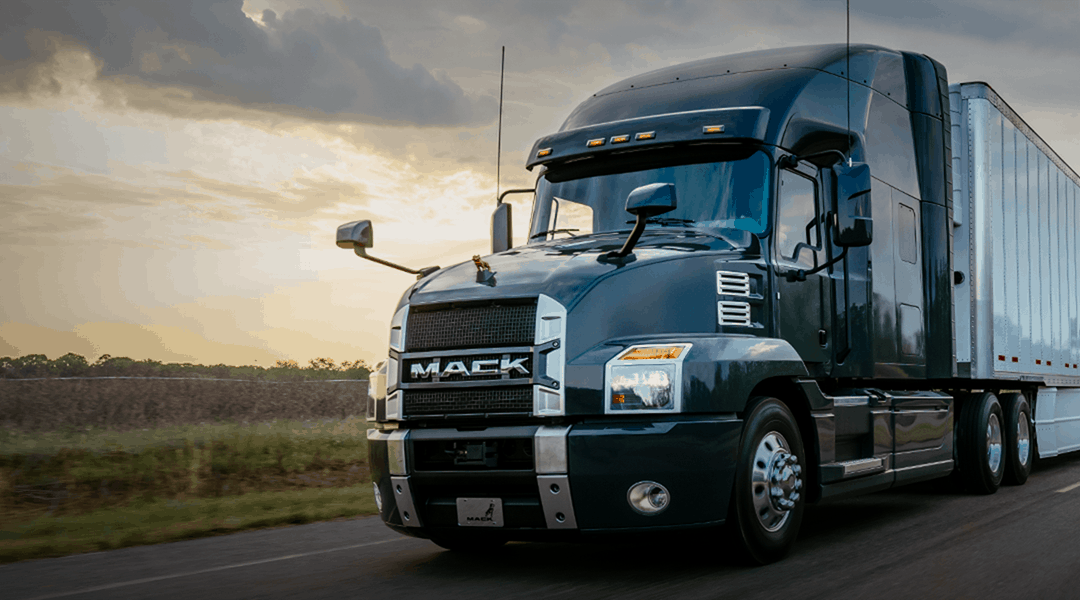Injuries which involve commercial trucks in Georgia and Tennessee are usually the consequence of a Truck Driver or insurer violating one or a lot of the regulations and rules set for them by their governing bodies.
If you’re ever involved with a collision with a big commercial automobile, it’s crucial for you, as well as your lawyer to have an in depth understanding of the laws they need to follow so that you may get the financial compensation that you deserve.
Who’s in Charge of Trucking Regulations?
Trucking Rules and Regulations are monitored by two organizations, one in the national level and one at the state level.
The national level organization that establishes and enforces trucking regulations and principles is the Federal Motor Carrier Safety Administration (FMCSA), that is a sub-branch of the Department of Transportation.
An inventory of all the principles, regulations, and legislation enacted by the FMCSA are available in Title 49 of Code of Federal Regulations.
In the state level, organizations like the state department of transportation and workplace.
Washington follows the FMCSA Federal Regulations.
Though there are a Lot of laws set up, the main categories they use to include:
Licensing Requirements Hours of Operation Electronic Logging Device Rule Special Training and Requirements Driver Drug Testing Securing Cargo
To which vehicles do these regulations and principles apply?
The Federal Motor Carrier Safety Administration’s (FMCSA) Laws were made for Commercial Motor Vehicles (CMV) for the aim of maintaining our roads as safe as possible.
What qualifies as a Commercial Motor Vehicle?
Under the Regulations, a vehicle is considered a CMV when it’s utilized as a part of a business, is involved with interstate trade, and matches any one of the following:
Has a weight of 10,001 pounds or more Can be used or designed to transport 16 (not including the driver) or passengers for compensation Has a gross vehicle weight rating or gross combination weight rating of 10,001 pounds or more. Is transporting hazardous goods in a quantity. Is designed or used to transport 9 or more passengers (including the driver) for compensation. If any one of the above apply to the automobile in question, then that vehicle must follow the regulations and rules put forth by their respective state and the FMCSA.

